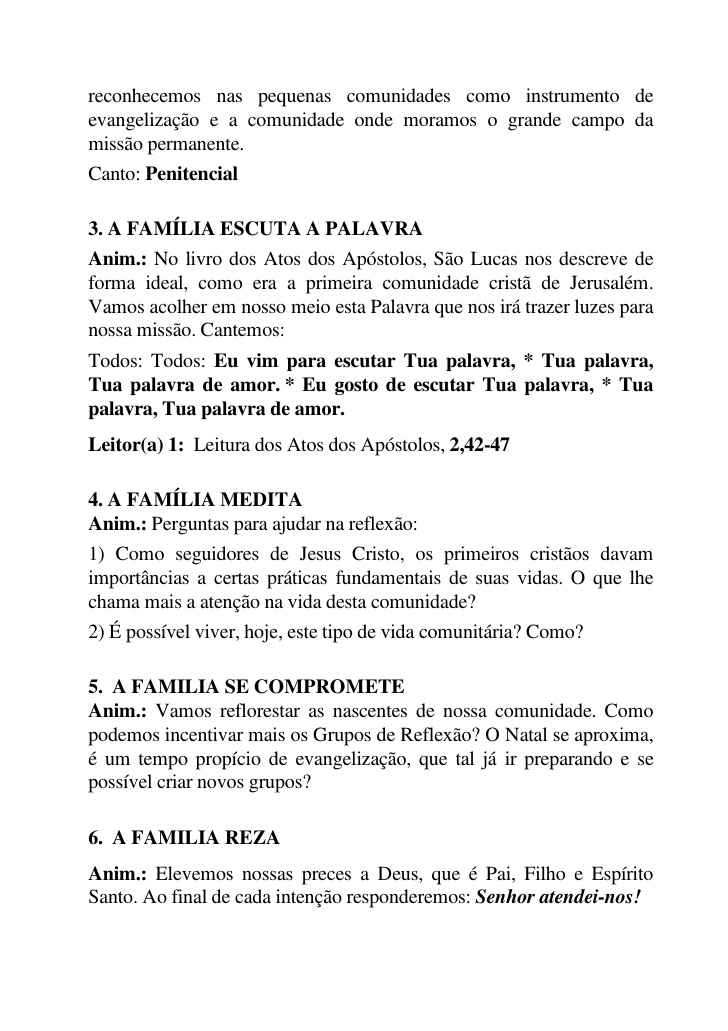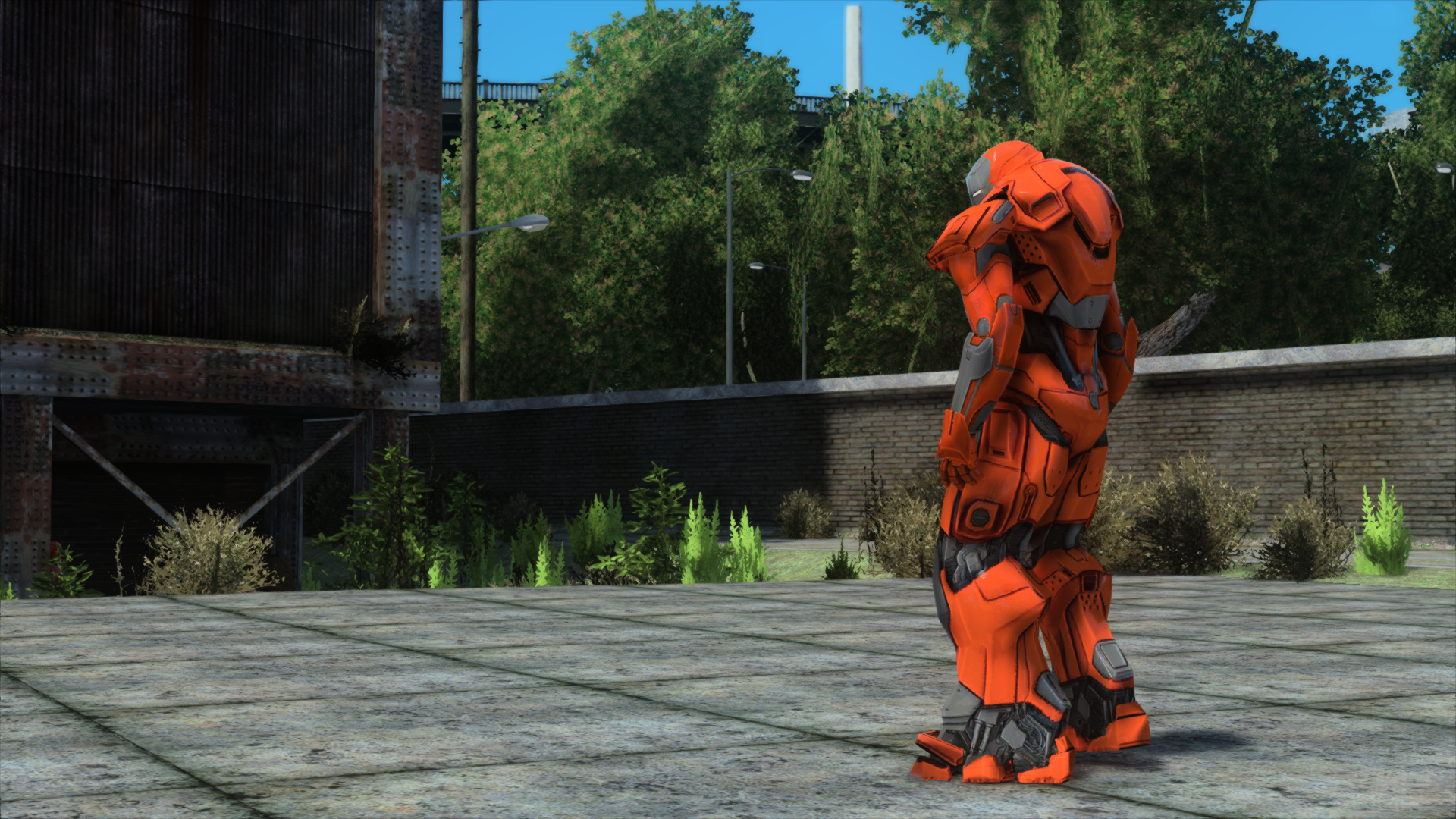


Has lost more than 53 per cent of its wetland acreage. The University of Florida says that in the last 200 years, the U.S. Bartleson says the algae bloom now stretches over 150 miles (over 240 kilometres) - which is about the distance from Tampa Bay to Naples. “We used to sometimes get a patch of red tide come by and it (would) be gone in a week,” Bartleson told CTVNews.ca.įlorida’s current red tide outbreak began last October and has lasted 10 months. He says this is the worst case he’s seen in the last decade. Richard Bartleson, a biologist at, has been tracking red tide blooms in Florida for the past 12 years. “We currently have cell counts anywhere from 10 to 20 million cells per litre,” Barron said. “Algae is a plant, so it also grows in response to an increase in nitrogen and phosphorus.” Normally, algae-which can exist as a single-celled organism-can be found at fewer than 1,000 cells per litre.īut Barron says when you get to counts over 10,000 cells per litre, that’s when you begin to see dying fish. “All the pesticides, fertilizers and everything they use on crops has been running into our water for decades,” Barron said. This leads to an excessive flow of nutrient-filled water into the beaches, known as nutrient pollution. “It is a natural phenomenon but certainly being made much worse, predominately due to agricultural runoff from the fertilizers we use.” Over time, the natural wetlands in Florida that absorb and filter runoff water from rain have been flattened due to agricultural developments, Barron said. “It is what is known as a harmful algae bloom,” Barron said. Heather Barron, research director and head veterinarian at Florida’s Clinic for the Rehabilitation of Wildlife, says Karenia Brevis is an algae naturally found in the water. “And then you could smell it, this really strong smell that makes you cough and hurts your eyes.” An expert says what Kienitz is referring to is a mix of decaying animals and airborne toxins from an accumulation of toxic, plant-like algae called Karenia Brevis, collectively known as the red tide. “There was this sort of murky, greenish brown substance in the water and then all of a sudden the fish started coming on the shore, dying,” Kienitz, who lives outside the Greater Toronto Area, told CTVNews.ca in a phone interview. But over the past decade, the snowbird says the once beautiful turquoise beaches have gotten progressively ugly, and lately, they’ve never been worse – thanks to a large toxic algae bloom responsible for the death of thousands of marine animals. 15:07 Red Snapper / Making Bones Used drive: PIONEER DVD-RW DVR-215D.įor four generations, Anne Kienitz and her family have travelled south to Venice, Fla. Red Snapper Making Bones WARPCD56 CD FLAC 1998 dL rar. › 〓〓〓 Red Snapper Making Bones Rar Files 〓〓〓


 0 kommentar(er)
0 kommentar(er)
